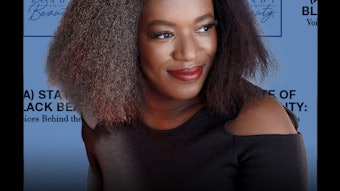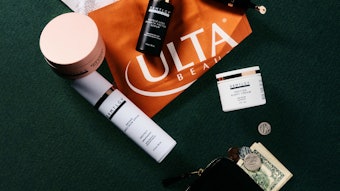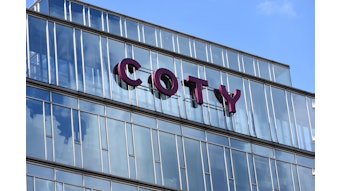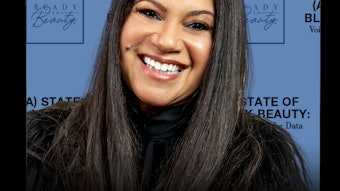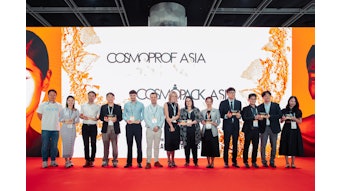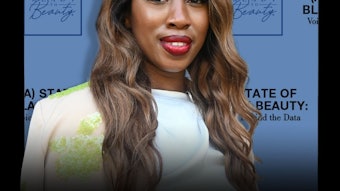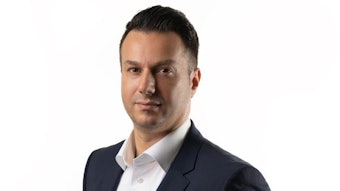Conducting consumer perception testing or beauty product testing to garner hard-hitting consumer claims is a smart marketing move for any beauty brand with a new product about to go to market. Different from clinical studies, beauty product testing with consumers puts the emotional “wow” in claims, from a female product tester’s point of view. It’s your potential consumer’s proof point that they’re looking for, and one they are increasingly demanding. Studies confirm that women regularly look for proof of efficacy in the form of consumer reviews and quotes as their #1 purchase influencer when considering a product they hadn’t purchased previously.
For hundreds of brands, consumer testing is fundamental to the development and roll-out of new SKUs. Consumer testing groups consist of a representative sample of a specific consumer segment that tests new products before they are introduced to the market to gauge emotional, physical and aesthetic appeal. By “specific consumer segment” we mean a group of female beauty consumers that match your product’s exact consumer demographic in age, type of beauty products regularly purchased (mass, masstige, prestige), and even household income, skin type or skin issues.
The feedback, responses and information garnered from these highly targeted participants then allows brands to bridge the gap between promised benefits and consumer expectations. It affords the brand the insights to tease out nuances that, ultimately, will get consumers to buy your product over and over again.
These rich and positive consumer claims help a new product to become tried and trusted. But what can beauty product testing groups do to help market SKUs that might be a few years old? Plenty! Read on to discover a few new ways to add marketing zing to your stalwart beauty offerings.
Competitive Nudge—Our Product is Better than Yours!
Your brand has always known its hero SKU is better than brand B’s. Now it’s time to prove it.
If you’re old enough to remember the original “Coke” versus “Pepsi” Challenge, you’ll recall TV commercials featuring soda A versus soda B, offered in identical cups to passers-by. The eager testers didn’t know which brand was A and which was B, but simply offered their opinions of each brand based on taste.
A “double-blind” beauty product test, conducted by a reliable third-party testing organization, is similar in many ways. Your product and your competitor’s product would be taped securely to completely obscure identifying names or logos. Your product would be marked as A and your competitor’s as B. Let’s imagine this test to be your tried-and-true eyeliner, offered against brand B’s headline-grabbing eyeliner. Your participants would be instructed to use eyeliner A on their left eye in the morning, with an equal amount of eyeliner B on their right eye, allowing them to continue with their daily makeup routine after that, without reapplication of the eyeliners.
At the end of the day, your participants would answer pointed questions regarding the efficacy of brand A and brand B. Which one lasted longest? Which offered the boldest color? Which one was easiest to apply? Which one didn’t smudge? Which made eye makeup “pop” most? The claims questioning can be as detailed and vast as beauty products themselves.
Double-blind testing can give your current product a big boost when testing panelists claim they prefer it over brand B’s industry leader.
Same Product, Different Focus
One of your hero SKUs has always sold well as an anti-aging night cream that women trust. The product sells better than any of your brand’s other SKUs, and while that’s good news, your product development and marketing teams know that some new product energy is needed to refresh the brand as a whole, especially in an over-crowded anti-aging market.
In earlier clinical testing, the anti-aging night cream was proven efficacious on a number of levels. Consumer testing also supported those efficacy claims, leading to effective marketing messages that keep that SKU rolling off the shelves at a steady pace. In addition, clinicals proved another fact that the brand hadn’t paid much attention to—the cream was also effective at clearing up troubled skin.
Your ingredients haven’t changed, but maybe your marketing messages should be restyled to open up the product to a new audience. You know the ingredients can help with problem A and problem B, but your marketing’s always been all about anti-aging, since that has been the “issue du jour” for the longest time.
Time for a change. Conduct a beauty product test related to the efficacy of the same product, focused on problem B (troubled skin) in a discrete lab sample container with a targeted group of women who have the same skin issues and match the demographic of your potential consumer. By garnering enthusiastic claims from women who thoroughly test the products within the parameter of the trial, you can have confidence marketing the same SKU with reworked marketing messages highlighting the product’s benefits relative to calming the skin.
New and Improved! When Cannibalization is a Good Thing
Some legacy SKUs are like aging rock stars, once vibrant and exciting but now looking a bit haggard and slightly out of place on today’s shelves. Without a doubt, these old rock stars are beloved but they’re like a Cheap Trick concert in 2015, playing a casino auditorium filled with fans who are 50+ when they once played to sold-out arenas of screaming teens. They just aren’t pulling the numbers that they once did.
Enter your new and improved product. After needed formulation changes and requisite safety testing, you’re ready to prove that your new product is even more effective than your old, beloved rock star SKU. Using the double-blind beauty product testing methodology, offer rock star product A and new product B to either one testing group (if both products can be compared effectively by one person, as in the above eyeliner example) or two separate testing groups. Each group will contain the same targeted demographic.
It will be clear, upon completion of the trial, just how much the new product has improved compared to the older product’s final results. If results are as expected, your new claims will help you to usher in a whole new audience of loyal consumers.
Is Beauty Product Testing Always a Win?
Beauty product testing cannot guarantee positive consumer claims. What it can do is truly position your brand or product (new or existing) for success and help side-step as many potential pitfalls as possible. A consumer testing trial is one of the best and most reliable methods for discovering potential hidden problems and for highlighting what consumers love most about the product. If your product test results aren’t what you were hoping for, you don’t have to share them with the world! You can use them to provide valuable information to your product development team and re-work your product formula or product marketing. If they are stellar, you’ve got the right marketing tools to move forward with a big splash, whether your product is new, like-new or an old rock star.
Brands that set themselves up with powerful feedback from a beauty product test run by a trusted third-party testing organization are as ready as possible for any outcome.
Denise Herich is co-founder and managing partner at The Benchmarking Company, a bi-coastal consumer research firm borne from Alisa Beyer’s The Beauty Company. The Benchmarking Company provides marketing and strategy professionals in the beauty and personal care industries with forward-thinking, need-to-know information about its customers and prospects through consumer research studies and beauty product testing.
